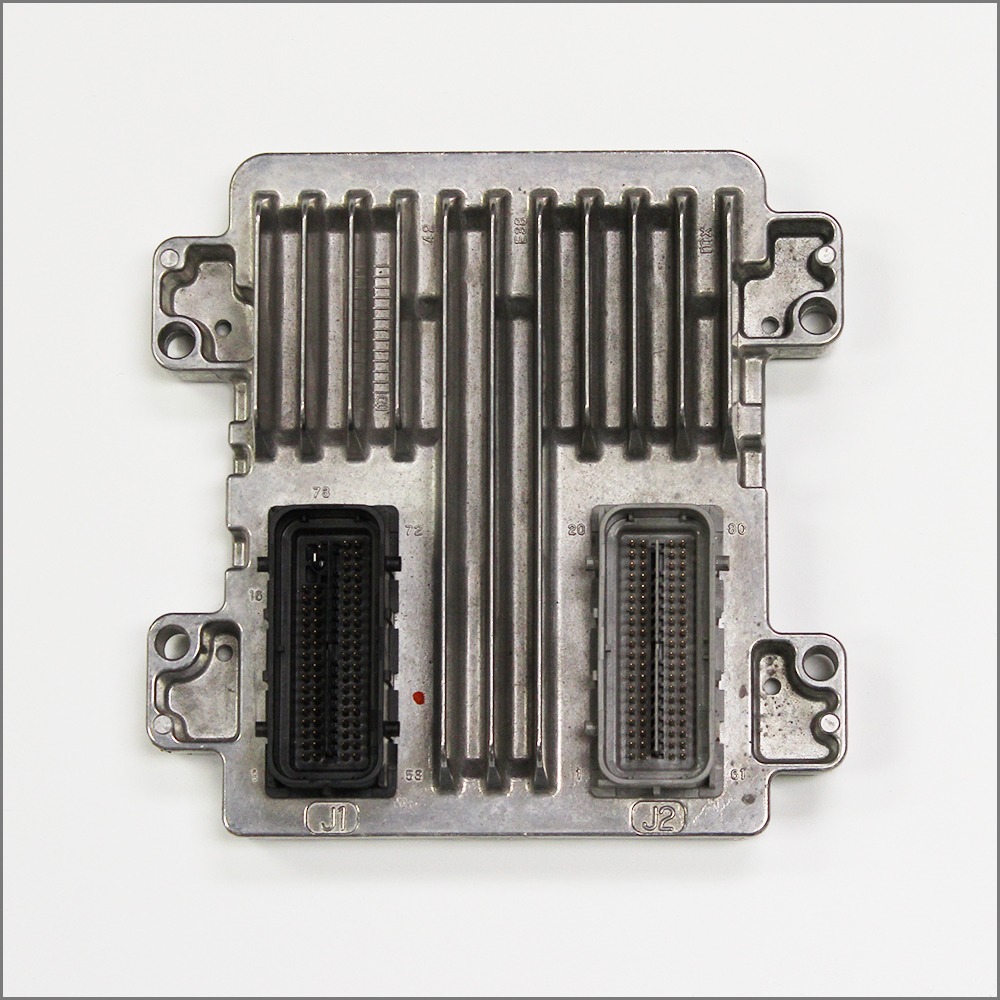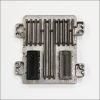Is Your Suburban Running Rough? The Engine Computer Might Be the Culprit.
If your 2009 or 2010 Chevrolet Suburban 1500 is suffering from perplexing issues like a persistent check engine light, erratic engine behavior, poor fuel economy, or even a no-start condition, the problem may lie deep within its electronic nervous system: the Engine Control Module (ECM). This component is the brain of your vehicle’s engine, responsible for managing everything from fuel injection and ignition timing to emissions controls and transmission shifting. When it fails, it can cause a cascade of frustrating and difficult-to-diagnose problems.
This isn’t just a replacement part; it’s a direct solution. We offer a professionally prepared Engine Control Module, part number 12625455, that arrives at your door programmed specifically for your vehicle. Simply provide us with your Vehicle Identification Number (VIN) during checkout, and our technicians will flash the unit with the latest, most stable software updates directly from GM. This ensures perfect compatibility and optimal performance, eliminating the need for an expensive trip to the dealership for programming.
From the Diagnostic Bay
We once had a 2009 Sierra with the 6.0L come in with a random misfire code (P0300) that just wouldn’t go away. The owner had already replaced all the spark plugs, wires, and even a couple of ignition coils. The truck ran okay sometimes, but would stumble and hesitate under load. After hours of checking wiring and fuel pressure, we hooked up an oscilloscope to the injector control signals coming from the ECM. We found that the signal for cylinder 3 was weak and erratic. The internal driver in the original ECM was failing intermittently. A new, properly programmed ECM like this one solved the problem instantly. It’s a reminder that sometimes the issue isn’t the sensor or the coil, but the computer that controls them.
Signs You Need a 2009-2010 Suburban ECM
A failing engine computer can manifest in numerous ways, often mimicking other component failures. If you’re experiencing any of the following, it’s time to consider your ECM as the potential source of the problem.
- ✔ Check Engine Light: The light is on, and you may have communication-related fault codes (U-codes) or codes for multiple, unrelated sensors.
- ✔ Engine Stalling or Misfiring: The engine may stall for no reason, misfire, or run rough, especially after warming up.
- ✔ No-Start Condition: The engine cranks but refuses to start, despite having fuel and spark. This can indicate a complete failure of the ECM.
- ✔ Poor Performance & Fuel Economy: A noticeable drop in power, acceleration, and a significant increase in fuel consumption can be traced back to incorrect calculations by a faulty ECM.
- ✔ Transmission Shifting Issues: The ECM works with the Transmission Control Module (TCM) to ensure smooth shifting. A bad ECM can cause harsh shifts, delayed engagement, or incorrect gear selection.
- ✔ Intermittent Problems: Issues that come and go with temperature changes or vibrations are classic signs of failing electronics within the module.
Plug-and-Play Simplicity
Our goal is to make your repair as straightforward as possible. By programming the module to your VIN before shipping, we handle the most complex part of the job. For most vehicles on the compatibility list, installation is as simple as disconnecting the battery, swapping the old module for the new one, and reconnecting the battery. In some cases, a simple security or Crankshaft Variation (CASE) relearn procedure may be required, which can often be done without specialized tools. This process restores vehicle functions and gets you back on the road quickly and efficiently.
This module is a direct replacement for part numbers 12625455 and 12629009 and fits a wide variety of GM trucks, vans, and SUVs from the 2009-2010 model years. Please review the detailed fitment list to confirm compatibility with your specific vehicle and options.
Frequently Asked Questions
Do I need to get this ECM programmed by a dealer?
No. The main benefit of our service is that we program the module for you before it ships. All you need to do is provide your vehicle’s 17-digit VIN when you place your order. It will arrive ready to install.
What’s the difference between an ECM, ECU, and PCM?
The terms are often used interchangeably. ECM stands for Engine Control Module, while ECU is a more generic term for Electronic Control Unit. PCM, or Powertrain Control Module, typically means the unit controls both the engine and the transmission. For this generation of GM vehicles, this unit functions as the primary powertrain computer.
Where is my VIN located?
You can find your VIN in several places: on the driver’s side dashboard visible through the windshield, on the driver’s side door jamb sticker, and on your vehicle’s registration and insurance documents.
Will I need to perform any other procedures after installation?
In some cases, a security relearn or a Crankshaft Position Sensor (CASE) relearn may be necessary. The security relearn can typically be done by cycling the key, while a CASE relearn may require a scan tool for optimal performance, though the vehicle will still run without it.
How do I know for sure that my ECM is the problem?
While the symptoms listed are strong indicators, it is always best to have a qualified mechanic perform a full diagnostic. This includes checking for power and ground at the ECM connector and ruling out wiring, sensor, or other component failures before replacing the module.
What part numbers does this module replace?
This unit is a direct, pre-programmed replacement for original equipment part numbers 12625455 and 12629009.


